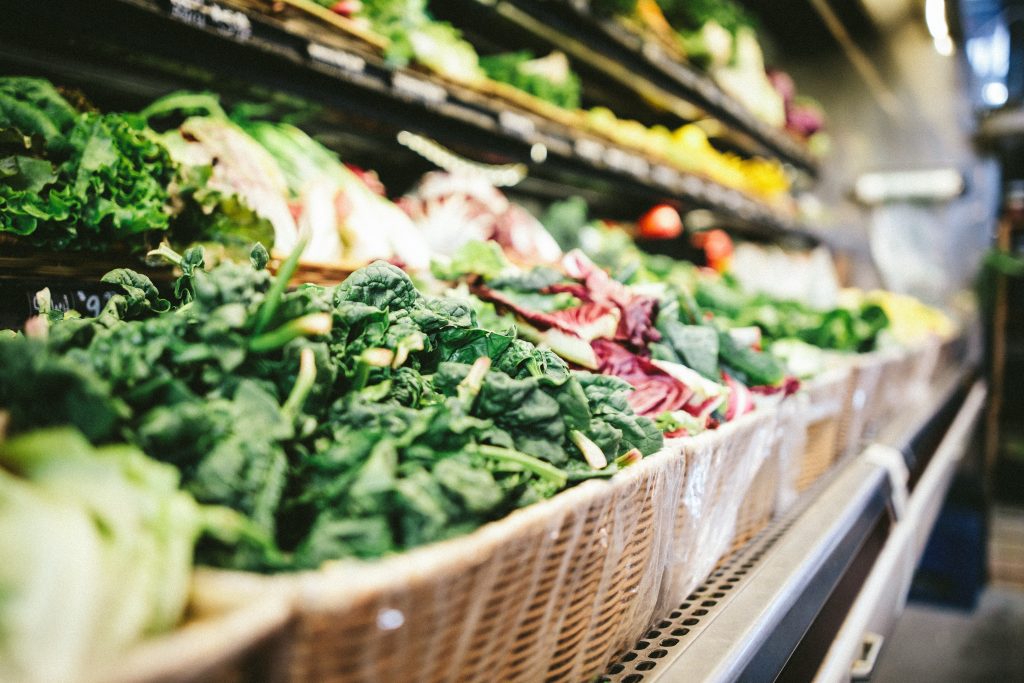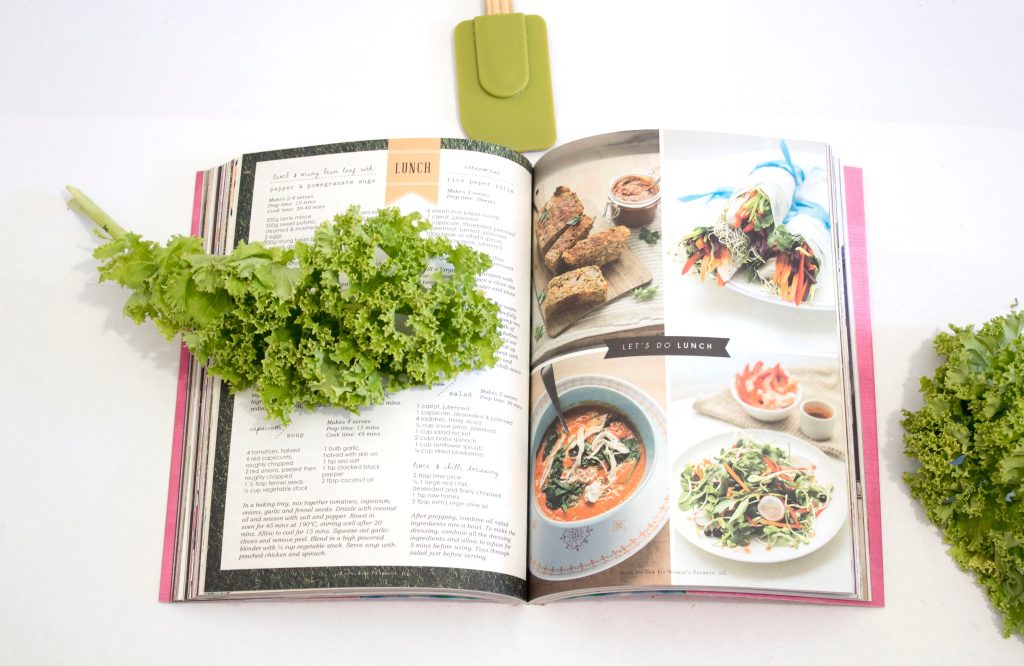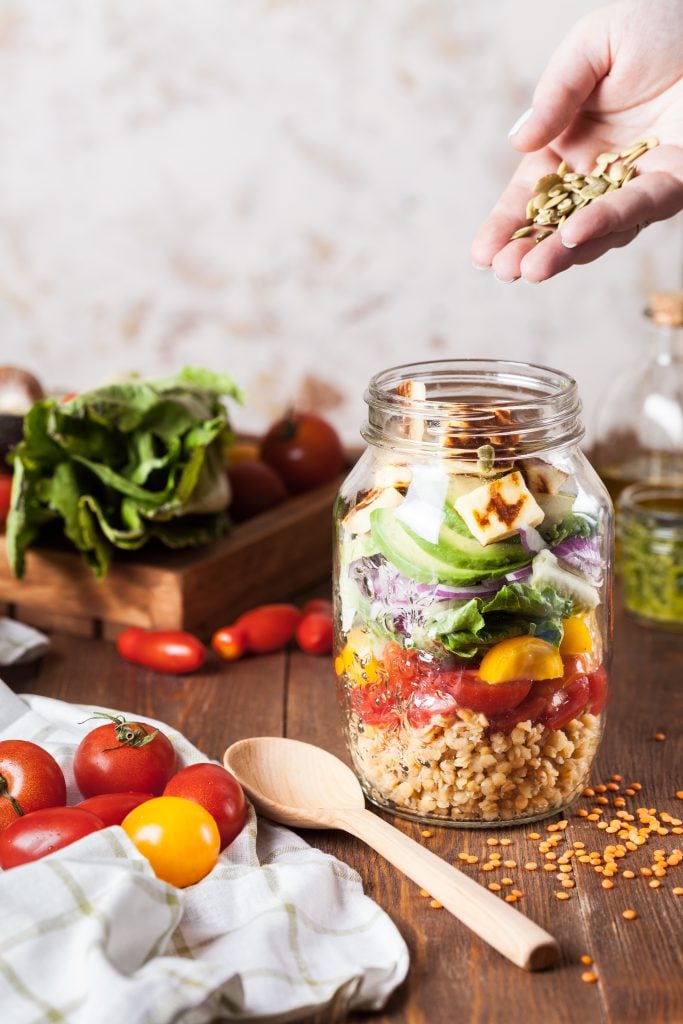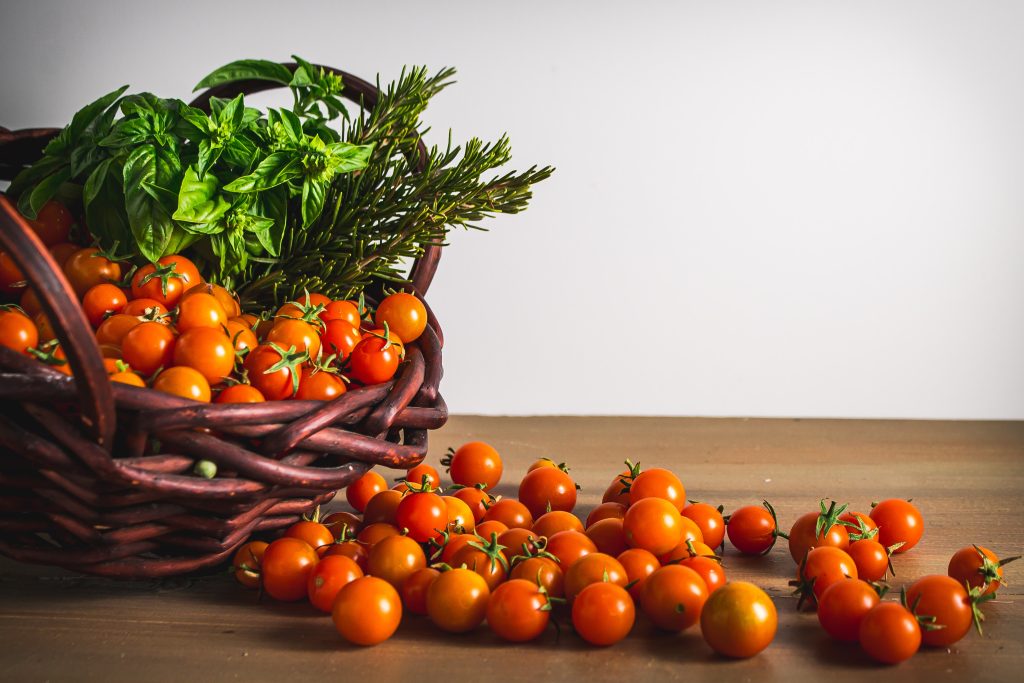6 Easy Tips for Meal Planning on a Budget

Are you tired of spending too much money on groceries every month? Do you find it challenging to plan meals that fit your food budget without sacrificing nutrition and taste?
Meal planning on a budget doesn’t have to be a daunting task. You can enjoy healthy and tasty meals without overspending with the right strategies and creativity. This article will cover everything from creating a wise shopping list and utilizing a weekly menu to embracing nutritious ingredients and taking advantage of great deals.
Are you ready to take control of your food expenses without compromising taste and nutrition? Let’s dive in and discover the secrets to successful meal planning on a budget!
1. Create a Grocery List

Creating a grocery list that fits your budget is a good idea for several reasons, and it can significantly benefit individuals and family members in their shopping and meal prep endeavors. Here are some of the key reasons why it is essential to create a grocery list:
- Saves Time: A well-prepared grocery list ensures you know exactly what to buy in your local grocery store. This is one of the best ways to streamline your shopping experience, preventing aimless wandering through aisles and reducing the time spent at the store.
- Avoids Impulse buying: When you have a list, you are less likely to be tempted by unnecessary items or impulse buys. Sticking to your grocery list is one of the easiest ways to focus on purchasing only the essential things you genuinely need.
- Manages Expenses: A grocery bill can be shocking if you don’t anticipate the food costs. By planning and making a list, you can estimate your expenses more accurately and avoid overspending on items that are not a priority.
- Reduces Food Waste: Planning meals and creating a list based on those plans can help reduce food waste. When you buy only what you intend to use, you are less likely to let perishable items go bad before consuming them.
- Encourages Healthy Options: When you plan your nutritious meals and create a list, you can include healthier food options. Adding fruits, vegetables, and other nutritious items can ensure a balanced diet.
- Convenience and Organization: A grocery list brings organization to your shopping routine. It helps you navigate the store efficiently and ensures you do not forget any crucial items.
- Stress Reduction: Knowing what you need and having a clear plan for your shopping trip reduces stress and anxiety associated with last-minute decisions or forgetting items.
- Improves Meal Planning: Creating a grocery list is integral to effective meal planning. It enables you to assess what ingredients you already have at home and what you need to complete your healthy meals.
- Customization: With a list, you can tailor your shopping for weekly meals according to dietary restrictions, preferences, and special occasions.”
- Environmental Impact: By planning and making a list, you can choose items with minimal packaging, opt for locally sourced produce, and make eco-friendly choices, contributing to a more sustainable lifestyle.
2. Prioritize Fresh Produce and Pantry Staples

When nourishing our bodies and maintaining a balanced diet, prioritizing fresh foods is paramount. Incorporating abundant fresh foods such as fruits and vegetables into our meals provides essential vitamins, minerals, and fiber that contribute to overall well-being. These colorful and nutrient-rich offerings not only tantalize our taste buds but also support a healthy immune system, aid digestion, and help prevent chronic illnesses.
Whether it’s a vibrant salad, a medley of stir-fried vegetables, or a refreshing fruit smoothie, fresh produce adds flavor and vitality to our plates. Making a conscious effort to prioritize fresh produce during grocery shopping and meal planning ensures that we infuse our diet with wholesome goodness, fostering a positive impact on our health and promoting a lifelong appreciation for nourishing, nature-given delights.
While fresh produce is essential, having a well-stocked pantry is equally crucial for creating versatile and satisfying meals. Pantry staples such as rice, pasta, canned beans, lentils, and spices provide a solid foundation for culinary creativity and convenience. These non-perishable items offer flexibility when planning meals, particularly during busy days when a quick and nourishing dish is needed.
Additionally, keeping a selection of canned tomatoes, broth, and other essentials allows us to whip up hearty soups, stews, and sauces immediately. The pantry also provides storage for staple condiments, oils, and vinegar, adding depth and flavor to our dishes. By maintaining a well-organized and thoughtfully stocked pantry, we empower ourselves to embrace culinary experimentation, reduce food waste, and confidently face any mealtime challenge that comes our way.
3. Find Recipes that Use Common Ingredients

In the culinary journey, discovering new recipes with everyday ingredients is exciting and a game-changer in many ways. It simplifies shopping, helps us cut expenses, and reduces unnecessary waste, making cheap meal plans more accessible. Imagine how amazing it would be to whip up a versatile tomato sauce that serves as a flavorful base for various dishes or to have a medley of healthy foods that can effortlessly transform from a delicious stir-fry to a comforting curry or refreshing salad.
Embracing this concept not only enhances our culinary skills and creativity but also paves the way for better ways of eating. By incorporating more healthy foods into our repertoire, we’re nourishing our bodies and promoting the habit of healthy eating. So, as we savor the joy of creating mouthwatering dishes, let’s also relish the fact that we’re making conscious choices to enjoy nutritious and satisfying meals without breaking the bank.
4. Try Meatless Meals Several Times a Week

Incorporating meatless meals into our weekly meal plan can be a rewarding and beneficial culinary adventure. By going meatless several times a week, we open ourselves to a world of delicious, diverse, and wholesome plant-based options that contribute to our overall well-being. Organic foods, such as vegetables, legumes, grains, and other plant-based sources, offer a rich array of nutrients, fiber, and vitamins.
Additionally, it allows us to reduce our environmental footprint, as plant-based meals generally have a lower impact on the planet than meat-centric ones. Whether indulging in hearty lentil stews, savoring flavorful vegetable curries, or delighting in colorful salad creations, regularly trying meatless meals becomes an exciting culinary journey that supports our health, the environment, and a sense of culinary adventure in every plateful.
5. Limit Food Waste by Making Freezer Meals and Batch Cooking

Limiting food waste is a priority, and one of the easiest ways to achieve this is by making freezer meals and practicing batch cooking, which has numerous benefits for managing our kitchen efficiently in the long run. Imagine having a week’s prepared meals ready to go in the freezer! It’s a time-saver on those busy days and a smart way to extend the lifespan of perishable ingredients, ensuring they don’t go to waste.
Following this thoughtful culinary strategy, we can take advantage of seasonal produce or sales without worrying about immediate consumption. The following week becomes a breeze when pre-made meals are waiting for us. Moreover, batch cooking allows us to portion meals appropriately, reducing the likelihood of leftovers being forgotten in the back of the refrigerator.
Adopting this freezer-friendly and waste-reducing habit streamlines our meal planning and reflects a mindful and environmentally-conscious approach to cooking. We can make the most of every ingredient, savoring the delicious convenience of home-cooked freezer meals whenever we need them while also doing our part to reduce food waste and its impact on the planet.
6. Stick to Seasonal Fruits and Vegetables When Possible

Sticking to seasonal fruits and vegetables whenever possible enriches our culinary experience and opens up a world of great options for delicious and nutritious meals. The abundance of fresh fruit and veggies during their peak season ensures we get the best value for our money and taste the essence of nature’s bounty. Plus, when we opt for seasonal produce, we contribute to the livelihood of local farmers and reduce the environmental impact caused by long-distance transportation.
Picture yourself strolling through vibrant farmers’ markets, indulging in the juicy sweetness of berries in the summertime, or relishing the heartiness of root vegetables in the fall and winter. Seasonal eating offers a delightful adventure of flavors, and it’s the perfect way to whip up a quick meal without compromising on taste or quality.
Beyond the delectable culinary experience, embracing seasonal eating allows us to reconnect with the earth’s natural cycles. We begin to appreciate the unique qualities of each fruit and vegetable as they gracefully come into their prime. It’s a beautiful reminder of the ever-changing tapestry of flavors nature offers.
Not only does choosing seasonal produce nourish our bodies with nutrient-rich foods, but it also becomes a way to celebrate culinary diversity and support sustainable and mindful eating habits. So, let’s savor the goodness of each season, relishing the variety of flavors while cherishing the connection we create with our food and the planet.
Conclusion
By adopting mindful and sustainable practices in our culinary journey, we can discover an easy way to make the most of our time in the kitchen while enjoying delicious meals at a reasonable price. Prioritizing fresh produce and pantry staples empowers us to create wholesome and delightful dishes, resulting in quick meals that satisfy our taste buds and save valuable time.
One of the best things about these practices is that they enable us to find the best deals on everyday ingredients, making exploring a world of diverse flavors and cuisines even more rewarding. Moreover, incorporating meatless meals into our weekly routine promotes our health and is a good buy for a more environmentally friendly lifestyle.
Furthermore, sticking to seasonal fruits and vegetables ensures a reasonable price and connects us with the earth’s natural cycles. This approach offers a delightful and nutritious array of produce, supports local farmers, and encourages us to be more mindful of our ecological footprint.
So, let’s embrace these practices and make the most of the good buys available. By doing so, we embark on a fulfilling and sustainable culinary journey that nourishes our bodies and souls while savoring every moment in the kitchen with ease and joy.







